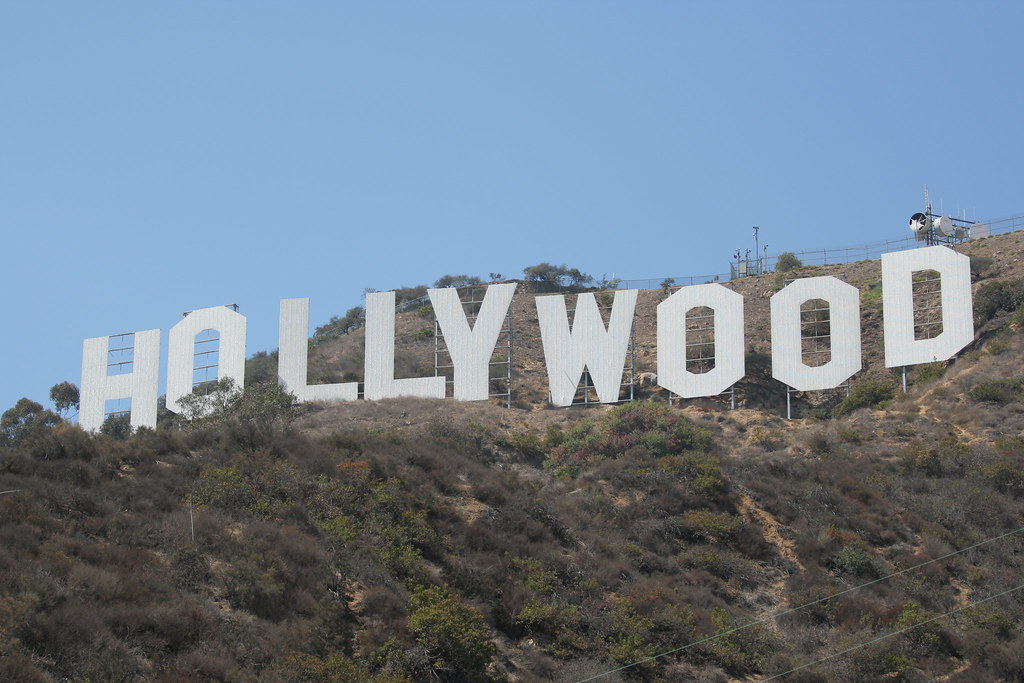
Miley Cyrus, a name synonymous with relentless transformation, has captivated audiences worldwide with her journey from a beloved Disney Channel star to an undeniable, boundary-pushing artist. Her career has been a masterclass in artistic defiance and self-discovery, marked by an unapologetic embrace of self-expression that has consistently shattered expectations and redefined what it means to be a modern pop icon. She is an influential figure in popular music, celebrated for her evolving artistry and image reinventions.
Indeed, Miley’s trajectory reflects a broader cultural shift where authenticity, experimentation, and personal evolution take precedence over rigid image control. From her formative years as Hannah Montana to her latest chart-topping hits, she has continually reinvented herself, not merely as a pop star but as a versatile and dynamic force in contemporary music and culture. Her ability to navigate diverse musical landscapes and challenge societal norms has solidified her status as a trailblazer.
Prepare to fasten your seatbelts as we embark on an in-depth exploration of the wild ride that is Miley Cyrus’s career, delving into the pivotal moments, groundbreaking albums, and fearless artistic choices that have cemented her legacy as one of the most compelling figures of her generation. Her story is a testament to the power of embracing individuality and turning evolution into an enduring masterpiece.

1. **The Disney Channel Years: Hannah Montana’s Reign**Born Destiny Hope Cyrus in 1992, the daughter of country singer Billy Ray Cyrus, Miley’s early life hinted at the star she would become. Her parents nicknamed her “Smiley” due to her frequent childhood grins, a moniker later shortened to “Miley.” From an early age, she displayed an interest in entertainment, telling her father after seeing a theatrical production of *Mamma Mia!*, “This is what I want to do, daddy. I want to be an actress.” This burgeoning ambition led her to take singing and acting lessons, setting the stage for an extraordinary career.
Her breakthrough came at just thirteen years old when she auditioned for and was cast as the lead in the Disney Channel television series *Hannah Montana*. Initially deemed “too small and too young,” her singing and “goofy acting abilities” ultimately won over producers. The series, which premiered in March 2006, immediately captured a massive audience, becoming one of Disney Channel’s highest-rated programs and catapulting Cyrus to “teen idol” status. This role not only brought her immense success and popularity but also launched a real-life pop career, mirroring her character’s storyline.
Under the strict creative control of Disney, Cyrus released commercially successful albums like *Hannah Montana* (2006) and *Meet Miley Cyrus* (2007), the latter serving as her official debut studio album. These records, along with *Breakout* (2008), topped the Billboard 200, making her the youngest artist in history to achieve four number-one albums on the chart by age 16. The success of her music and the accompanying Best of Both Worlds Tour (2007–08), which saw Ticketmaster officials compare demand to “The Beatles or Elvis,” solidified her as a global phenomenon, though she later reflected on this period, stating, “I was kind of like a product.”
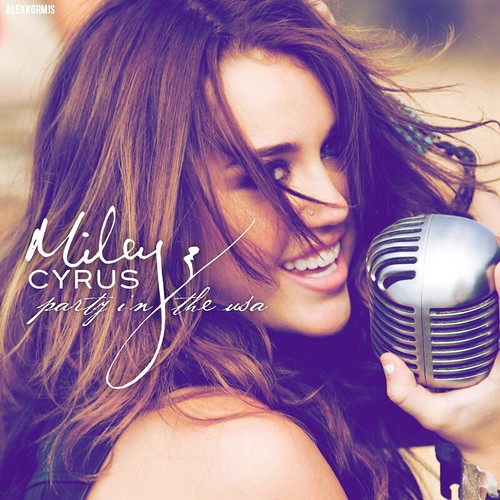
2. **Shedding the Disney Image: The Quest for Authenticity**As Miley transitioned into adulthood, the carefully curated, wholesome image of Hannah Montana began to chafe. She embarked on a deliberate and often controversial mission to shed her Disney skin, embracing a more daring and provocative persona. This period was marked by a series of choices that defied expectations and announced her fierce individuality, proving she was no longer content to play it safe.
Her third studio album, *Can’t Be Tamed* (2010), was a pivotal step in this transformation. Featuring a more dance-oriented sound, the album stirred considerable controversy over its lyrical content and Cyrus’s provocative live performances. While it garnered mixed reviews and became her first studio album not to top the Billboard 200, selling 106,000 copies in its first week, it signaled a clear departure from her previous work and her desire for artistic freedom. It was, as she described it, “a transitioning album… really to introduce people to what I want my next record to sound like.”
This era was also punctuated by various media controversies, including a 2008 *Vanity Fair* photoshoot by Annie Leibovitz, initially misreported as topless (later clarified as wrapped in a bed sheet), and a viral video in 2010 showing her, at eighteen, smoking salvia. Her personal choices were under intense scrutiny, but each incident further cemented her reputation as an artist unafraid to challenge public perception. Following *Can’t Be Tamed* and the fulfillment of her *Hannah Montana* obligations, Cyrus officially parted ways with Hollywood Records, announcing a hiatus from music to focus on acting, starring in films like *The Last Song* (2010) and *LOL* (2012).
Perhaps the most visually striking moment of this shedding process came in 2012 when Cyrus famously cut her long, brown hair into a blonde pixie cut. This bold change garnered significant media attention, and she commented that she had “never felt more [herself] in [her] whole life” and that “it really changed [her] life.” This aesthetic transformation was a powerful external manifestation of her internal quest for self-discovery and a symbol of her break from the past, aligning her visual identity with her evolving artistic message.
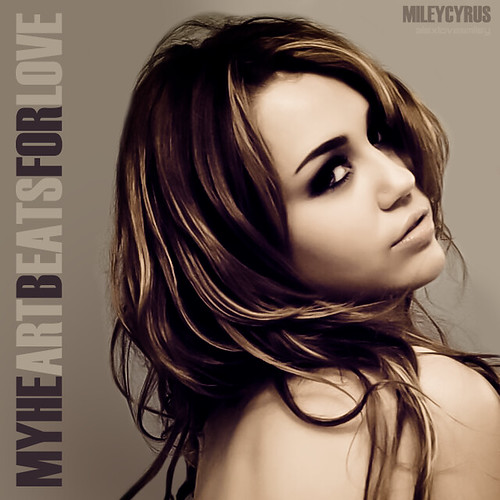
3. **The Bangerz Era: Provocation and Pop Dominance**By 2013, Miley Cyrus was ready to reclaim her musical narrative with a vengeance. After signing with RCA Records and enlisting the management expertise of Larry Rudolph, known for his work with Britney Spears, she immersed herself in creating her fourth studio album. Collaborating with hip-hop producers like Pharrell Williams and Mike Will Made-It, she engineered a sound that infused hip-hop and R&B elements into her pop framework, resulting in a bold new direction that was both unexpected and electrifying.
The release of “We Can’t Stop” on June 3, 2013, marked her audacious comeback. The single quickly became a worldwide commercial success, topping charts in territories such as the United Kingdom and setting a Vevo record for most views within twenty-four hours of its release. Its accompanying music video further broke barriers by becoming the first to reach 100 million views on the site, demonstrating Miley’s unparalleled ability to capture global attention and spark conversations.
However, it was her jaw-dropping performance with Robin Thicke at the 2013 MTV Video Music Awards that truly sent shockwaves across the cultural landscape. Her provocative duet, featuring the infamous foam finger and simulated sex acts, sparked intense debates about cultural appropriation, feminism, and artistic freedom, solidifying her reputation as a fearless artist unafraid of controversy. While described by some as “disturbing” and “cringe-worthy,” it was an undeniable, headline-grabbing moment that made it clear Miley Cyrus was no longer playing by anyone else’s rules.
Released the same day as the VMAs, “Wrecking Ball” became her second single from the *Bangerz* album and her first to top the Billboard Hot 100 in the US, holding the number-one spot for three weeks. Its accompanying music video, which famously depicted her swinging naked on a wrecking ball, drew further criticism, notably from fellow singer Sinéad O’Connor, who warned that Miley was allowing herself to be “pimped.” Despite or perhaps because of the intense scrutiny, *Bangerz*, released on October 4, 2013, debuted at number one on the Billboard 200 with 270,000 first-week sales, confirming her commercial and cultural dominance. This era was a statement: Miley Cyrus was now an undeniable force, an “Artist of the Year” as declared by MTV, who thrived on transformation.
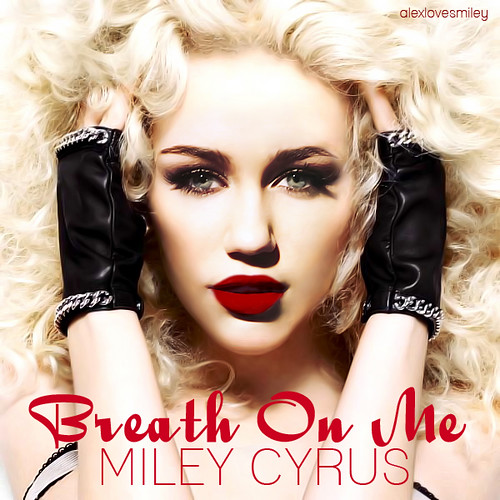
4. **Artistic Dissent: Miley Cyrus & Her Dead Petz**Following the immense commercial success and widespread notoriety of the *Bangerz* era, Miley Cyrus made a characteristically unpredictable move, taking a sharp left turn into deeply experimental territory. Rather than capitalizing on her mainstream pop momentum, she chose to prioritize creative growth over commercial expectations, embarking on a collaboration that would further cement her reputation as an artist committed to authentic expression.
In 2015, Cyrus unveiled *Miley Cyrus & Her Dead Petz*, an experimental psychedelic album, produced in part by The Flaming Lips. This project was a testament to her artistic fearlessness, as she delved into unconventional song structures and explored profound themes of love, loss, and self-discovery. Working closely with Wayne Coyne of The Flaming Lips, she embraced lo-fi textures, spacey synths, and stream-of-consciousness lyrics, moving far beyond mainstream production to create a sound that Coyne compared to the catalogs of Pink Floyd and Portishead, describing it as “a slightly wiser, sadder, more true version” of her pop music.
The album’s release strategy was as unconventional as its sound: it was made available for free streaming on SoundCloud immediately following a surprise performance of a new song, “Dooo It!” (2015), during the 2015 MTV Video Music Awards, which she also hosted. This decision highlighted her commitment to artistic integrity, with Cyrus stating at the time, “I had to let go of the idea of making money. This was about me expressing something, not selling it.” While the album divided fans and critics, it underscored a key theme in her career: a willingness to take risks for the sake of creative exploration, cementing her status as an artist who refused to be confined by industry norms.
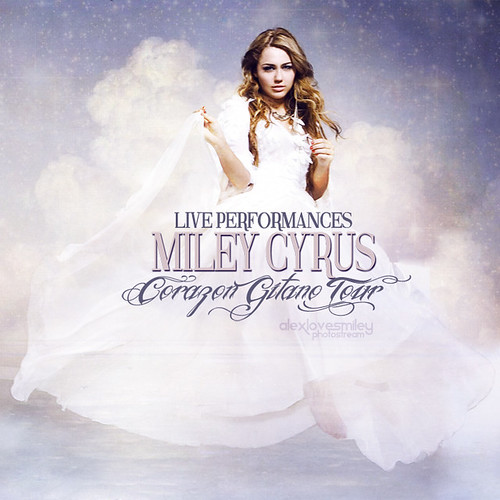
5. **A Return to Roots: The Vulnerability of Younger Now**After the psychedelic experimentation of *Miley Cyrus & Her Dead Petz*, Cyrus once again pivoted, demonstrating her remarkable versatility and emotional depth. In 2017, she unveiled *Younger Now*, an album that marked a deliberate return to her country roots, blending soft rock and folk-pop to showcase a stripped-down, more vulnerable version of herself. This era represented a reconciliation with her past, particularly her Tennessee upbringing and family influences, offering a more introspective and emotionally resonant sound.
“Malibu,” released on May 11, 2017, served as the lead single from the album and quickly became a commercial success, debuting at No. 64 on the Billboard Hot 100 and peaking at No. 10 in its second week. The song emphasized emotional clarity and personal vulnerability, offering a stark contrast to the provocative imagery of her *Bangerz* era. It highlighted her vocal range in a way previous albums hadn’t, revealing a raw authenticity that aligned more with Americana than mainstream pop, allowing her to connect with her audience on a deeply personal level.
The *Younger Now* era also saw Miley returning to television as a coach on *The Voice* for its eleventh and thirteenth seasons, where she became the youngest coach to appear in any incarnation of the series. Despite the album’s earnestness and critical appreciation for its authenticity, Cyrus opted not to release further singles from *Younger Now* or embark on a supporting tour. This decision underscored her evolving approach to her career, prioritizing artistic and personal comfort over traditional album cycles, and allowing her space to explore her musical identity without external pressures.

6. **Rock Reinvention: The Power of Plastic Hearts**Perhaps the most critically acclaimed moment in Miley Cyrus’s reinvention arc arrived with the release of *Plastic Hearts* in 2020. This album was a masterclass in genre-blending, drawing inspiration from ’80s rock, glam punk, and synth-pop, and proved to be a fitting canvas for her increasingly raspy, full-throttle vocal style. It was a confident and cohesive statement, signaling her full embrace of a rockstar persona that felt entirely natural.
The album featured electrifying collaborations with legendary figures such as Joan Jett and Billy Idol, lending an undeniable authenticity to her rock pivot. Tracks like “Midnight Sky” and “Prisoner” showcased gritty production, confident vocal performances, and an inherent swagger that demonstrated Miley wasn’t merely imitating rock; she was embodying it. This project blended nostalgia with a fresh, modern pop sensibility, resonating deeply with both long-time fans and new listeners.
Critics lauded *Plastic Hearts* for its cohesion, boldness, and its refusal to be confined to a single genre box. Her voice, which had matured and deepened over the years, found its ideal setting amidst the guitar-heavy arrangements, proving her versatility and capacity to thrive in diverse musical landscapes. This era solidified Miley Cyrus’s status as a formidable rock vocalist and an artist who continuously pushed the boundaries of her artistry, turning her evolution into a compelling and celebrated art form.
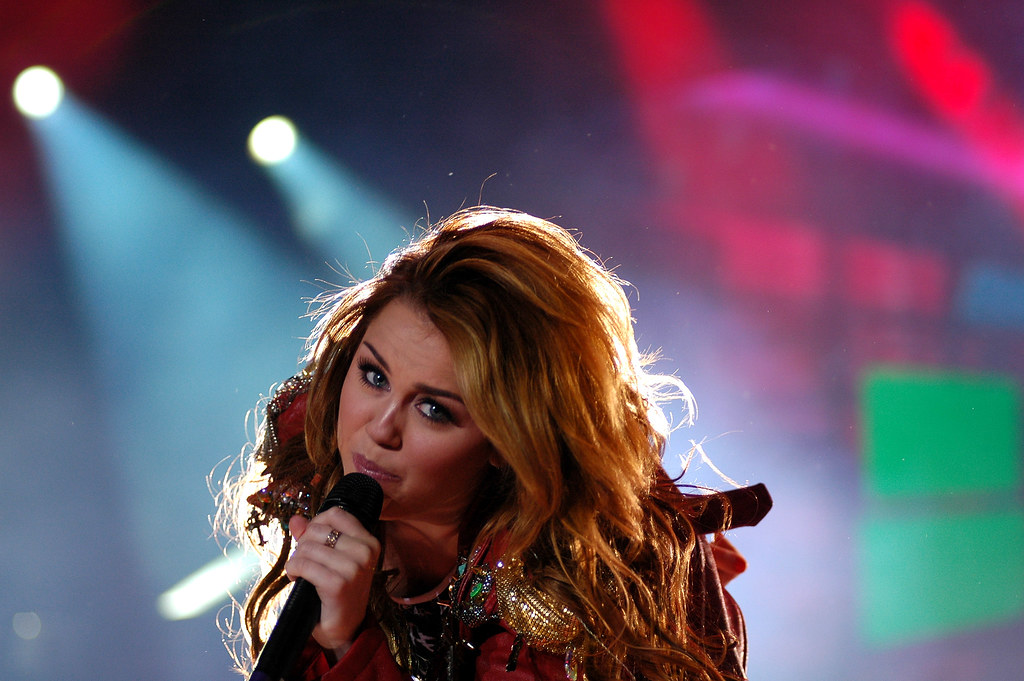
7. **The ‘Flowers’ Era: Mature Confidence and Global Success**The journey through Miley Cyrus’s artistic landscapes would be incomplete without acknowledging the groundbreaking era ushered in by her 2023 anthem, “Flowers.” This self-love powerhouse marked a significant turning point, showcasing a Miley who had truly arrived in her own skin, confidently embracing maturity without the need for controversy or dramatic image overhauls that had often defined her past transformations. It was a testament to her inherent ability to evolve, demonstrating that sometimes, the most profound reinventions are found in elegant simplicity.
“Flowers” was more than just a song; it became a global phenomenon, resonating with millions through its empowering lyrics and infectious, disco-tinged rhythm. This single emerged as her biggest hit to date, topping charts worldwide and earning her considerable critical acclaim. It underscored a new chapter for Cyrus, one where she no longer seemed to be battling expectations or pushing boundaries merely for the sake of rebellion, but rather, moving with an intrinsic sense of self-assuredness.
The success of “Flowers” was further cemented by its place as the lead single from her eighth studio album, *Endless Summer Vacation*, released in 2023. This album was a masterclass in showcasing a balanced, confident Miley, both musically and personally. The track itself soared to become her second US number-one hit, and its impact was recognized with two prestigious Grammy Awards, including the highly coveted Record of the Year.
This era proved unequivocally that Cyrus had nothing left to prove. She had transcended the need for external validation, finding strength in vulnerability and owning her narrative. “Flowers” was a poignant, subtle nod to past relationships, but ultimately, it stood as a powerful declaration of self-reliance and the profound beauty found in loving oneself, marking a truly resonant moment in her illustrious career.
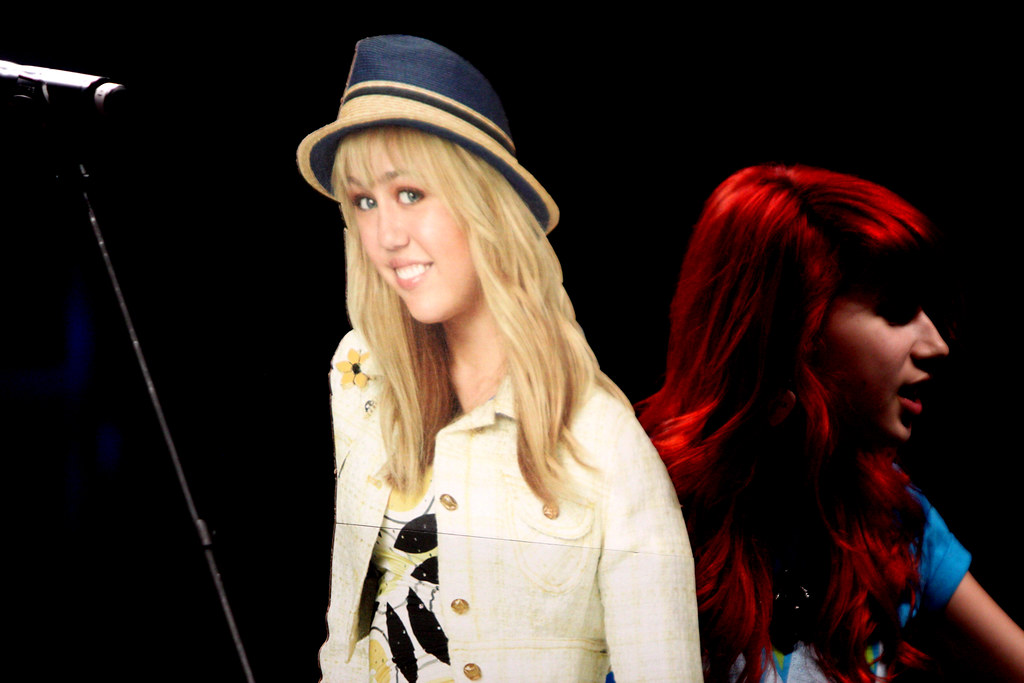
8. **Unforgettable Stages: Miley’s Controversial and Groundbreaking Performances**Miley Cyrus’s journey has been punctuated by a series of live performances that transcended mere entertainment, becoming cultural touchstones that sparked global conversations and solidified her reputation as an artist unafraid to provoke. While her recorded music continually redefined her sound, it was often on stage that her boldest statements were made, challenging perceptions and leaving an indelible mark on pop culture history. These moments, sometimes lauded, often lambasted, were always undeniably Miley.
Perhaps the most talked-about of these was her jaw-dropping duet with Robin Thicke at the 2013 MTV Video Music Awards. The performance, featuring a foam finger and simulated sex acts, sent shockwaves across the cultural landscape. It ignited furious debates about cultural appropriation, feminism, and artistic freedom, instantly cementing her status as a fearless artist who thrived on controversy. While some critics decried it as “disturbing” or “cringe-worthy,” it was an undeniable, headline-grabbing spectacle that made it clear Miley Cyrus was operating on her own terms.
Beyond the immediate shock value, Cyrus continued to craft live experiences that mirrored her evolving artistry. Her subsequent *Bangerz Tour* in 2014, while often described as controversial for its provocative theatrics and imagery, was largely received positively by critics for its sheer spectacle and Miley’s undeniable stage presence. Similarly, her 2014 *MTV Unplugged* performance, featuring a surprise collaboration with Madonna, showcased a different facet of her live talent, blending acoustic intimacy with an undeniable pop sensibility, creating one of the highest-rated *Unplugged* specials in a decade.
Even her hosting gig at the 2015 MTV Video Music Awards became a performance in itself, culminating in a surprise unveiling of her experimental album *Miley Cyrus & Her Dead Petz* with a live rendition of “Dooo It!”. These live moments, whether on massive arenas or intimate sets like her *Backyard Sessions*, consistently served as a vital arena for Miley to push boundaries, challenge expectations, and connect with her audience in ways that few other artists dared to attempt, proving that her performances were as much about artistic declaration as they were about spectacle.
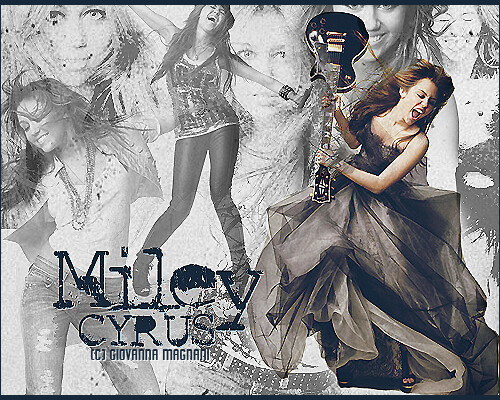
9. **The Raw Authenticity of The Backyard Sessions**Amidst the grand theatricality and bold statements of her public performances, Miley Cyrus also cultivated a space for raw, unadorned artistry that allowed her vocal talent to shine with captivating intimacy: her celebrated *Backyard Sessions*. These sessions offered a stark and beautiful contrast to the often larger-than-life persona she presented on major stages, revealing a deeply personal connection to music and a profound respect for songwriting.
Originating in 2012 as a web video series, the *Backyard Sessions* featured Miley performing classic songs she personally loved, alongside some of her own material, in stripped-down, acoustic settings. These intimate gatherings quickly became a fan favorite, showcasing her versatility as a vocalist and her ability to strip away the pop production to reveal the pure emotional core of a song. It was a deliberate departure that highlighted her genuine artistry, proving her capabilities extended far beyond manufactured pop hits.
The *Backyard Sessions* were instrumental in allowing Miley to connect with her audience on a more personal, vulnerable level. They showcased a Miley that was both musically mature and deeply authentic, creating a sense of shared experience with listeners. Through these unpolished, heartfelt renditions, she solidified her reputation as a powerful and emotive singer, further cementing her unique place in contemporary music as an artist capable of both spectacle and profound, quiet beauty.
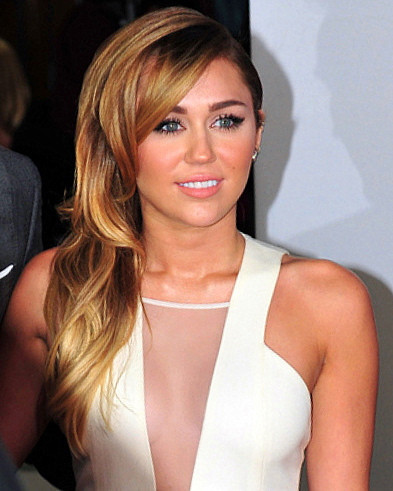
10. **A Voice for Change: Activism and The Happy Hippie Foundation**Beyond the dazzling lights of performance and the ever-evolving sounds of her music, Miley Cyrus has channeled her immense platform into powerful advocacy, demonstrating a profound commitment to social justice and mental health awareness. Her dedication to these causes is not merely performative; it is deeply ingrained in her identity as an artist and a human being, consistently using her voice to uplift marginalized communities and destigmatize crucial conversations.
A cornerstone of her philanthropic efforts is The Happy Hippie Foundation, which Cyrus founded in 2014. This non-profit organization primarily focuses on two critical areas: advocating for the LGBTQ community and fighting against youth homelessness, particularly among LGBTQ+ individuals. Miley has been an unwavering, vocal advocate for LGBTQ+ rights, utilizing her influence to raise awareness, promote acceptance, and provide tangible support to those in need, making a real difference in the lives of vulnerable youth.
Furthermore, Miley has courageously opened up about her own struggles with mental health, transforming personal vulnerability into a powerful tool for advocacy. By sharing her experiences, she has played a significant role in destigmatizing conversations surrounding mental wellness, encouraging countless others to seek help and support. Her emphasis on the importance of mental well-being resonates deeply, fostering an environment where seeking psychological support is seen as a strength, not a weakness.
The impact of her activism is undeniable, proving that her reinvention extends beyond her artistic output to encompass a broader commitment to humanitarian causes. Her dedication through the Happy Hippie Foundation and her candid discussions on mental health have solidified her legacy not only as a music icon but also as a compassionate and effective agent for positive social change, inspiring her audience to embrace empathy and stand up for what is right.
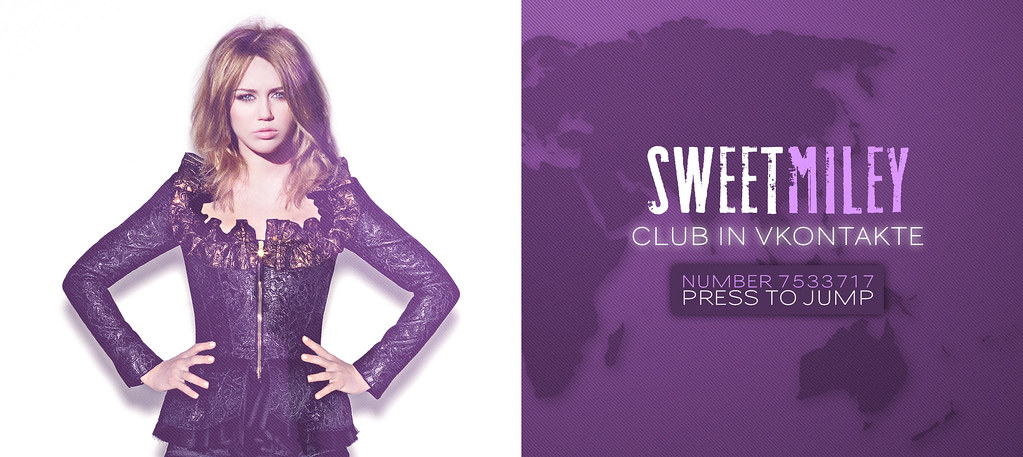
11. **Evolution as Artform: Miley’s Enduring Legacy of Reinvention**Miley Cyrus’s career is not merely a collection of hits or a series of stylistic changes; it is, in itself, an ongoing masterpiece of artistic defiance and self-discovery, transforming the very act of evolution into an enduring brand. Her unique legacy is forged in a perpetual state of flux, where each reinvention is a deliberate, authentic expression of her inner world, rather than a calculated marketing gimmick or a reaction to fleeting fame. She continually pushes boundaries, reminding us that true artistry lies in relentless growth.
Integral to this continuous transformation is how Cyrus masterfully fashions her identity through both sound and style. Her musical reinvention is inextricably linked to her visual identity, with her fashion choices always amplifying her artistic message. From the glammed-up rockstar aesthetic of *Plastic Hearts* to the rebellious edginess of *Bangerz*, or the bohemian charm of *Younger Now*, her style serves as a powerful language, telegraphing her mood, message, and current phase of life. This consistent interplay between sound and visuals places her firmly among icons like Madonna and David Bowie, artists whose aesthetics evolve in perfect tandem with their music.
What truly makes Miley’s reinvention resonate with audiences is her unwavering commitment to authenticity and process, not perfection. Her shifts in genre and image mirror a larger societal journey, reflecting the fluidity of identity, the centrality of self-expression, and the messy, yet necessary, nature of growth. She has carved out a place that feels wholly unique in the music industry because she embraces vulnerability as strength, resists conventional labels, and bravely owns both her missteps and her triumphs.
In an industry that frequently punishes unpredictability, Miley Cyrus has audaciousely made it her brand. She has repeatedly risked alienating audiences to stay true to her evolving self, and in doing so, she has cultivated a legacy built on genuine artistic integrity. From her formative years as a teen idol to her current status as a genre-bending force, Cyrus has consistently proven that the most powerful voice is one that dares to change, proving her indelible impact.
Ultimately, Miley Cyrus mirrors the complexities of her time, an artist whose career is defined by the very act of transformation. Her journey teaches us that reinvention is not just about changing outwardly, but about a profound internal evolution, a relentless quest for deeper meaning and expression. She doesn’t just adapt to the times; she shapes them, ensuring that her legacy is not just about what she created, but how she continuously became.
Miley Cyrus’s journey from a beloved Disney Channel star to an unapologetic, boundary-pushing artist has truly captivated audiences around the world. Through her fearless exploration of musical genres, thought-provoking performances, and unwavering commitment to activism, she has established herself as a cultural icon whose evolution serves as a powerful reminder of self-discovery and the importance of embracing individuality. She has shattered expectations and carved her own path, inspiring others to embrace their true selves and challenge societal norms, solidifying her status as a trailblazer in the industry. As we continue to witness Miley Cyrus’s artistic journey, one thing remains clear—Miley Cyrus is an artist who refuses to be confined by expectations or limitations, turning her continuous reinvention into her most enduring masterpiece.

